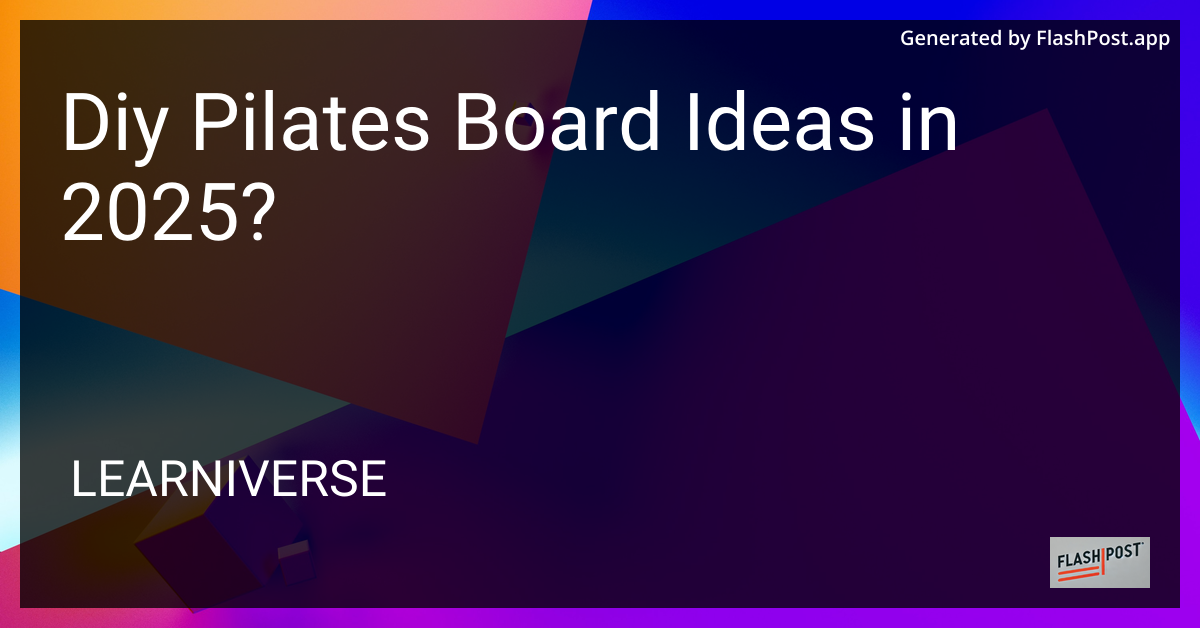Are Meat Thermometers Waterproof in 2025?

Best Meat Thermometers to Buy in 2025
| Product | Features | Price |
|---|---|---|
 Alpha Grillers Meat Thermometer Digital – Instant Read Food Thermometer for Cooking and Grilling Stocking Stuffers for Men Christmas Gifts for Men |
– Ultra-Fast 1-2 Sec Readings for Perfectly Cooked Meals! – Versatile Use: BBQ, Baking, Frying & More—One Thermometer! – Water-Resistant & Easy to Read—Cook with Confidence Anywhere! |
Explore Now  |
 ThermoPro TP19H Digital Meat Thermometer for Cooking with Ambidextrous Backlit and Motion Sensing Kitchen Cooking Food Thermometer for BBQ Grill Smoker Oil Fry Candy Instant Read Thermometer |
– 180° auto-rotating display: Perfect for low light & left-hand use. – Motion sensing: Instantly wakes, saving battery up to 3000 hours! – IP65 waterproof & magnetic: Easy to clean and store on any surface. |
Explore Now  |
 AWLKIM Meat Thermometer Digital – Instant Read Waterproof Food Thermometer with Backlight for Cooking, Grill, Candy, Kitchen & Stocking Stuffers for Men – Red |
– Instant readings in 1-2 seconds for perfectly cooked meals! – Versatile for meats, liquids, and candies—an essential kitchen tool! – User-friendly with backlit display; easy to clean and store! |
Explore Now  |
 0.5 Sec Instant Read Meat Thermometer Digital with ±0.5℉ Precision, Food Thermometer for Cooking Kitchen Gadgets, Oven Grill Candy BBQ Essentials Accessories, Gifts for Him Dad Men Birthday, Red |
– Ultra-Fast & Accurate: Reads temperatures in 0.5 seconds with ±0.5℉ precision! – User-Friendly Design: Large auto-flip LCD for ease of use in any lighting. – Durable & Convenient: 100% waterproof and energy-saving sleep/wake feature! |
Explore Now  |
| 











































